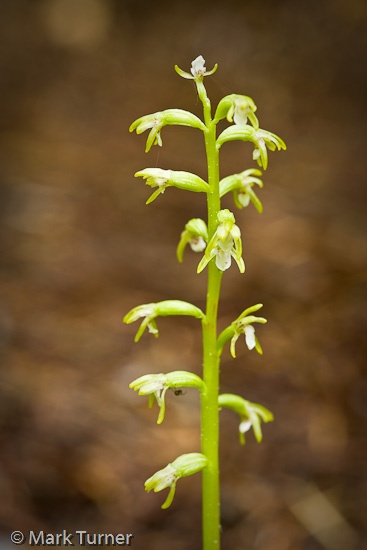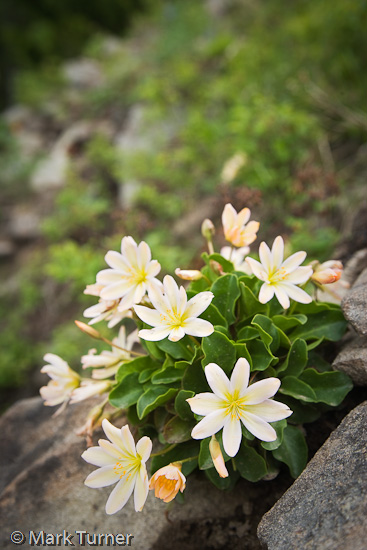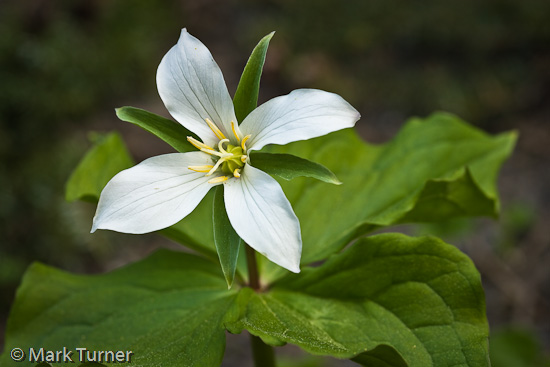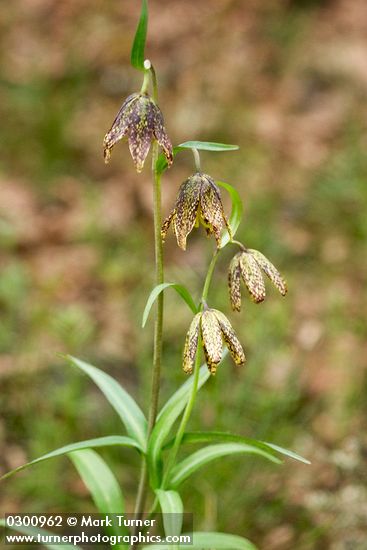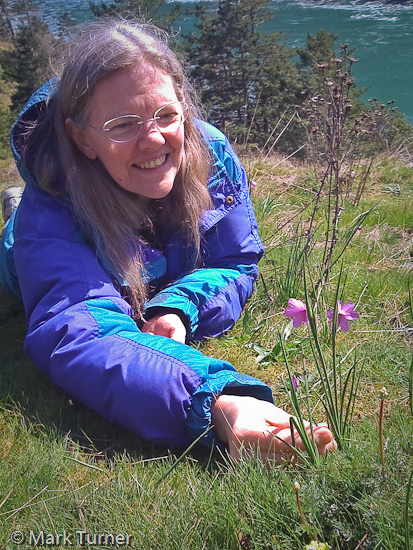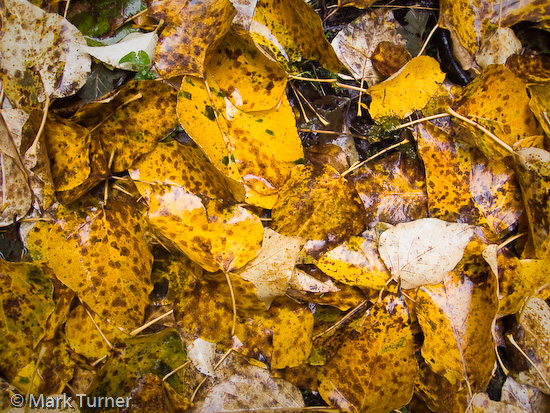Purple
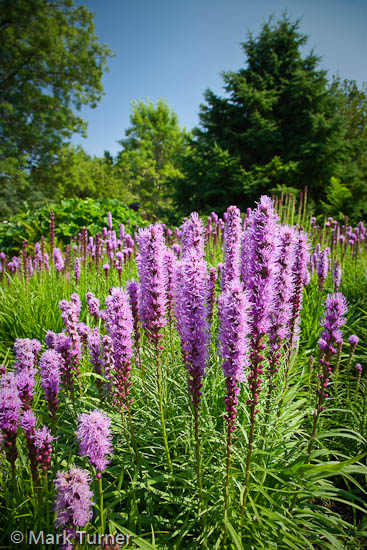 Here’s a great midwest and eastern prairie plant, Liatris spicata, blooming exuberantly today at VanDusen Botanical Garden in Vancouver, British Columbia. It also goes by the common names of Gayfeather or Blazing Star. I believe this is the variety
Here’s a great midwest and eastern prairie plant, Liatris spicata, blooming exuberantly today at VanDusen Botanical Garden in Vancouver, British Columbia. It also goes by the common names of Gayfeather or Blazing Star. I believe this is the variety ‘Kobold’ ‘Floristan’ based on the plant tag in this bed in years past.
The species is native to every state east of the Mississippi River, as well as Missouri, Arkansa, and Louisiana. According to the USDA PLANTS database there are a large number of species of Liatris native to various parts of North America. I’ve seen the genus in the wild in Nebraska and New Mexico but there are none native to Washington.
Today was the first time I’ve been up to VanDusen since May. It turned out to be a full-sun blue sky day by the time I got there about 2 pm. Bright midday sunshine doesn’t make for my favorite conditions to photograph gardens or plants, but I made the best of it. Sometimes it’s nice to work with more challenging light and to show sunloving plants under their preferred growing conditions.
This plant portrait was made with my 24-105 zoomed full wide and with a polarizer to cut the glare on the foliage. The other trick I use in full sun is to try to keep the light coming from the side or toward the camera. Here it’s sidelight. I made several compositions from this patch of gayfeathers since it was at peak bloom, working both wide and tele lenses and both side and backlight.
It got warm during the day and I didn’t feel particularly inspired as I wandered around the garden, but I ended up with over 200 exposures for the afternoon. Sometimes its just a matter of keeping going and continuing to look and observe. I didn’t have any preset ideas of what I was looking for in the garden today, which is really a nice way to work.


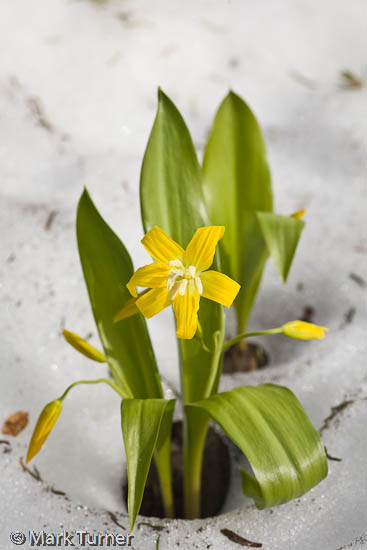 I’d heard for years that glacier lilies (Erythronium grandiflorum) will bloom through the snow, but I’d never caught one in the act until this past weekend. This fine example was at the edge of the receding snow pack in the meadow below Copper Pass in the Okanogan National Forest. Many more of the lilies were pushing their way up through the snow and showing their bright yellow buds.
I’d heard for years that glacier lilies (Erythronium grandiflorum) will bloom through the snow, but I’d never caught one in the act until this past weekend. This fine example was at the edge of the receding snow pack in the meadow below Copper Pass in the Okanogan National Forest. Many more of the lilies were pushing their way up through the snow and showing their bright yellow buds. I got an e-mail this afternoon from a gardener in Ontario, Oregon that I’d visited last month. She’d just received her Horticulture magazine for August. Jean wrote, “Got my issue of Horticulture yesterday and was reading it this afternoon and just now noticed your photo MADE THE COVER!!! Fantastic!! It’s a beauty too with the sweetbriar rose. … Congratulations on a lovely piece of photography with great distribution!”
I got an e-mail this afternoon from a gardener in Ontario, Oregon that I’d visited last month. She’d just received her Horticulture magazine for August. Jean wrote, “Got my issue of Horticulture yesterday and was reading it this afternoon and just now noticed your photo MADE THE COVER!!! Fantastic!! It’s a beauty too with the sweetbriar rose. … Congratulations on a lovely piece of photography with great distribution!”